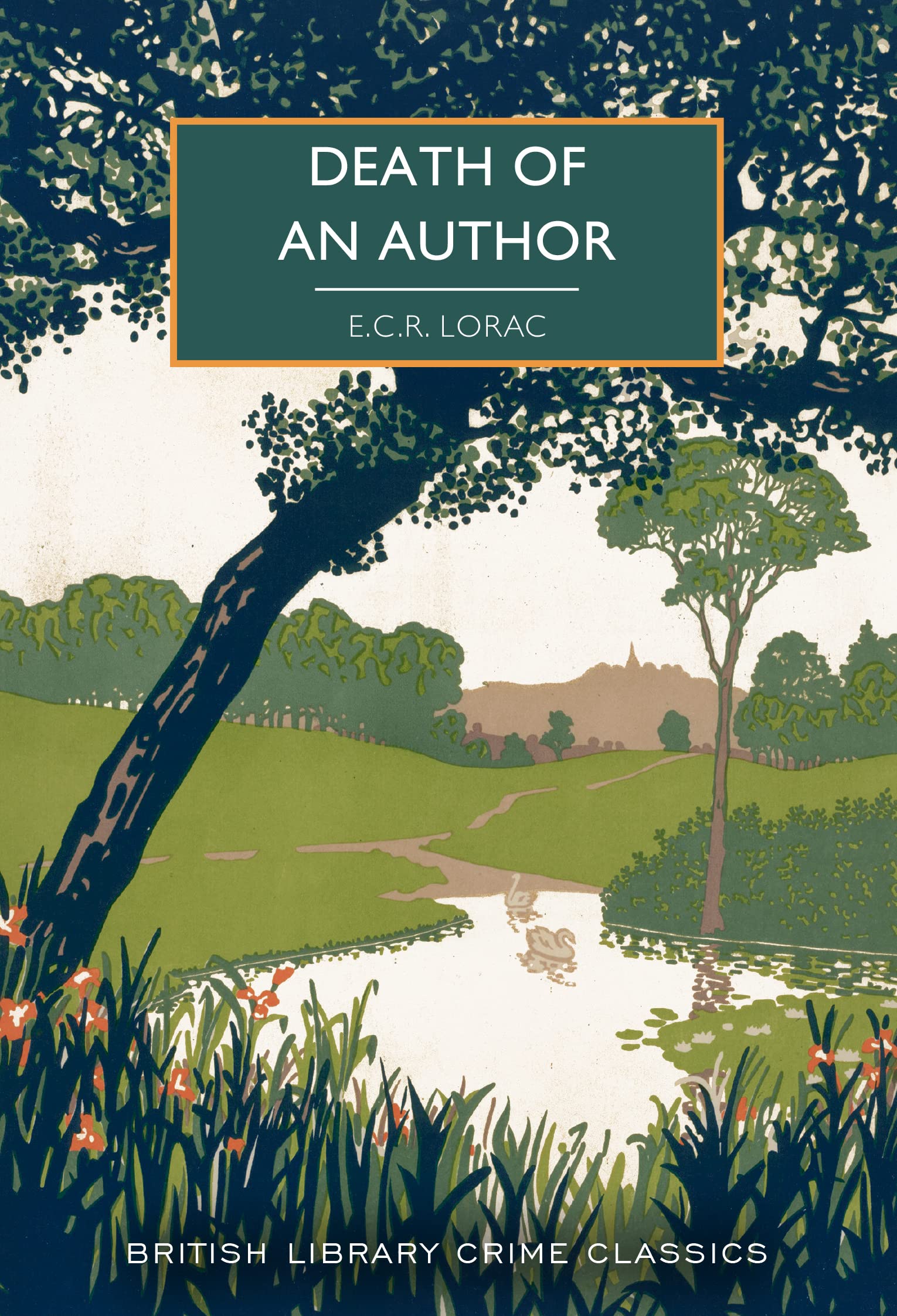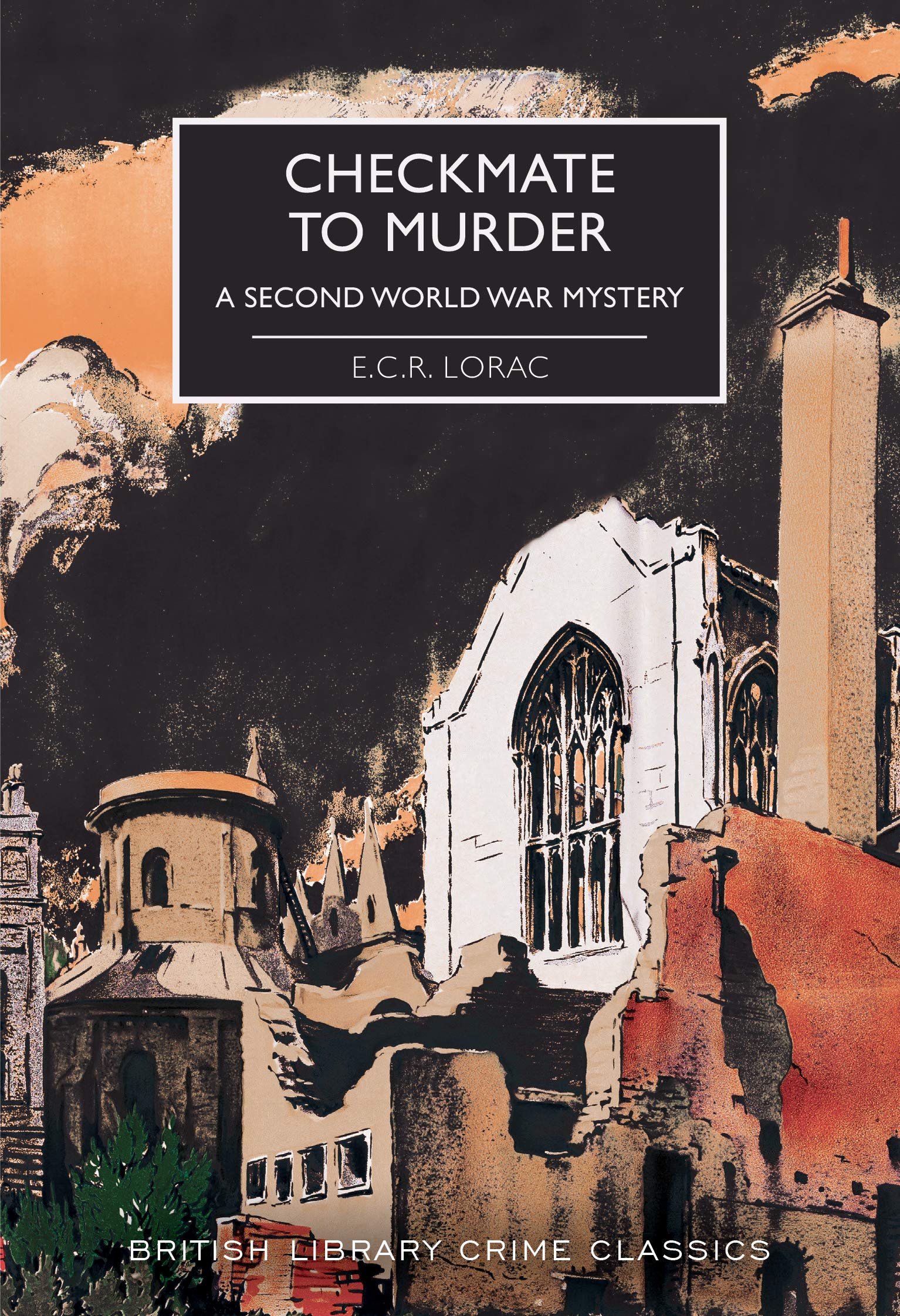
![]()
![]()
![]()
![]()
![]()
I’ll let you in on a secret: much as I struggle to read two books by the same author close together, there are certain writers whose diversity of approach enables me to sidestep this consideration. One such personage is Erle Stanley Gardner, and I’m starting to suspect that E.C.R. Lorac might be another. Lorac’s country-set novels featuring Inspector Robert Macdonald are very different beasts to his London-based cases, and Death of an Author (1935) — not featuring Macdonald at all — is different again: a zesty, propulsive, and supremely clever little puzzler dug out from seemingly inescapable obscurity by the British Library for our not inconsiderable enjoyment.








 My
My